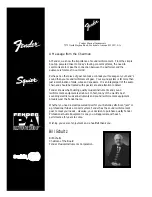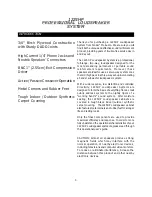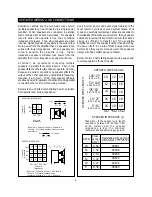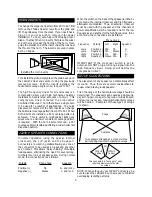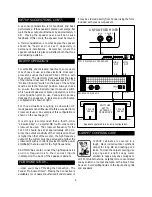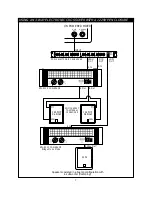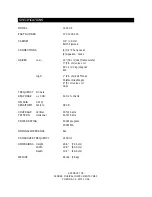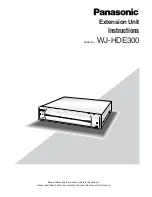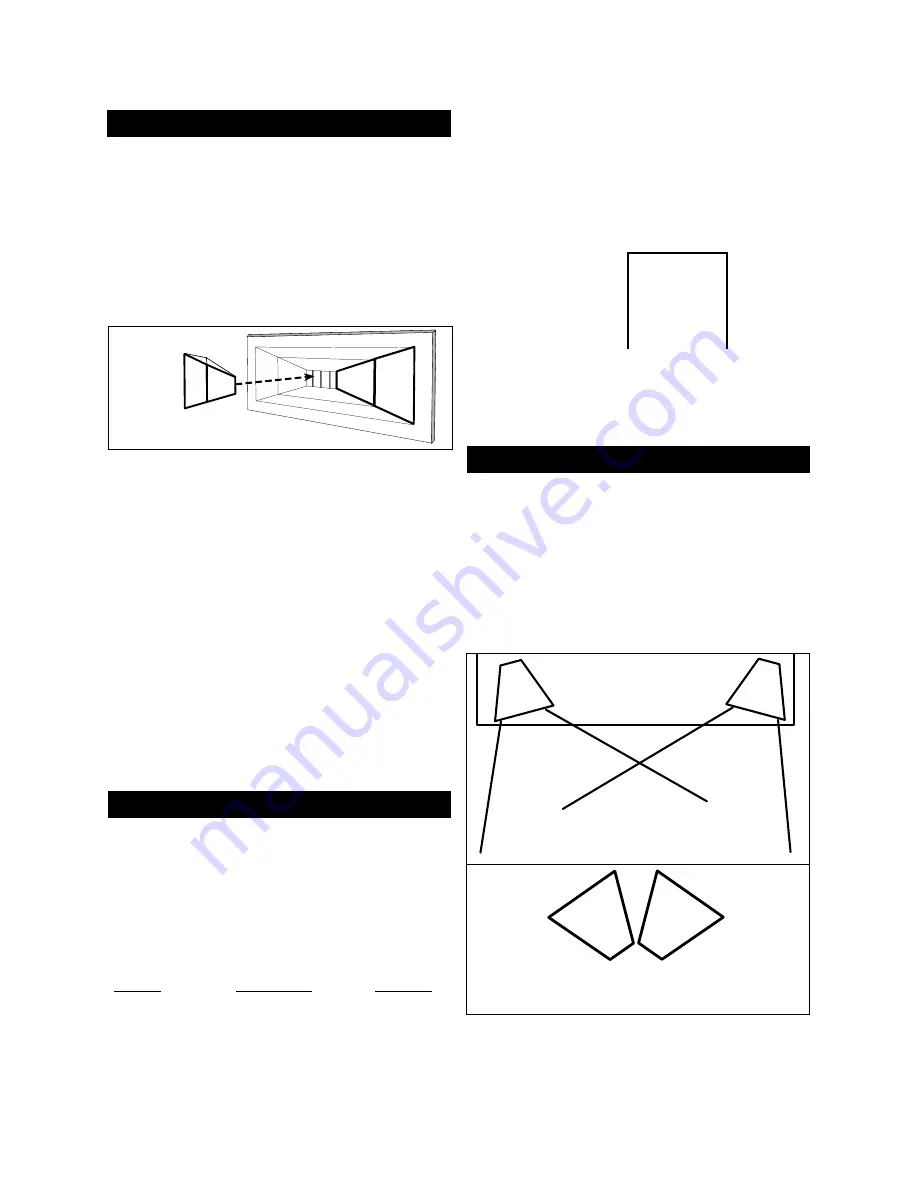
5
To change the dispersion pattern from 90º to 60º, first
remove the Phillips Head screws from the grille and
lift the grille away from the cleat. If your insert has a
plug on it, you may wish to remove it for easier
installation. To do so,
carefully
cut it off using a razor
blade. To attach the horn inserts, first place the wider
end of the insert under the front lip of the horn. Next,
guide the smaller end of the insert under the ribs near
the throat of the horn. The insert is secured in place
by the 3 ridges.
To reinstall the grille, simply place the grille back upon
the cabinet’s cleat and secure it using the previously
removed screws. With the inserts installed, the
horizontal coverage angle is now reduced to 60º.
The
high frequency driver
for all enclosures is a
compression driver using high technology polymer
materials to handle large amounts of power. This
compression driver is mated to an innovative
Controlled Dispersion
™
horn that allows a single horn
to be used for a number of applications. The quick
placement or removal of the horn inserts can change
the horizontal coverage pattern from 60º to 90º. When
both inserts are installed, a 60º coverage pattern is
achieved. This is useful in multi-cabinet tight pack
arrays where a narrower consistent coverage pattern
is required. With the horn inserts removed, a 90º
coverage pattern is attained offering a wider horizontal
dispersion pattern.
In normal operation (using the passive internal
crossover), the 1/4" jacks and the Speakon
™
Connectors are wired in parallel allowing any one of
the connectors to be used as an input and any other
as an output. This allows "daisy chaining" of multiple
loudspeakers, eliminating the need for several long,
cumbersome runs of speaker cable. During normal
mode, the connections are as follows:
Polarity
Phone Jack
Speakon
™
Positive (+)
Tip
1+ and/or 2+
Negative (-)
Sleeve
1- and/or 2-
When the switch on the back of the speaker is in the bi-
amp mode, the internal crossover and high frequency
attenuator are disabled. Thus, an external crossover
must be used with the speaker and two channels of
power amplification will be required: one for the low
frequencies and another for the high frequencies. In bi-
amp mode, the connections are as follows:
IMPORTANT: If the crossover switch is set to
external, DO NOT plug a full range signal into the
High Frequency input. Doing so will destroy the
compression driver.
The placement of any speaker can dramatically affect
its sound. Thus, there are several considerations to
review when placing loudspeakers.
First
, the range of the horizontal coverage should be
determined. The speaker may be used as a single unit,
as part of a pair, or as part of a group of widely spaced
enclosures, in any case, maximum horizontal coverage
will be desired. Examples of these types of setups
are shown.
NOTE: When setting up your 1225HP enclosures, be
sure to place the cabinets in such a way as to minimize
overlapping radiating patterns.
1225HP SPEAKER CONNECTIONS
SETUP SUGGESTIONS
Two speakers arranged as a mono or stereo
pair requiring maximum horizontal coverage
Audience
Stage
1225HP
Cabinet
1225HP
Cabinet
Two speakers in a "loose pack" array
requiring maximum horizontal
coverage
30º
1225HP
Cabinet
1225HP
Cabinet
Frequency
Lows
Lows
Highs
Highs
Polarity
Positive (+)
Negative (-)
Positive (+)
Negative (-)
Phone Jacks
Left
N/A
N/A
Tip
Sleeve
Right
Tip
Sleeve
N/A
N/A
Speakon
1+
1-
2+
2-
HORN INSERTS
Installing the Horn inserts.


